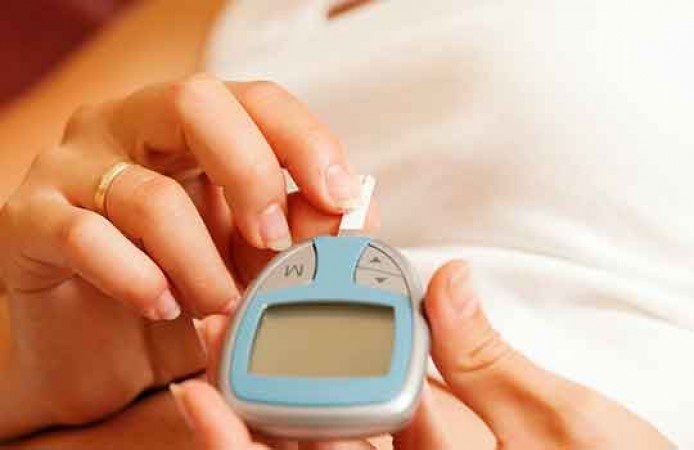
In today's fast-paced world, maintaining stable blood sugar levels throughout the day is crucial for our overall health and well-being. After lunch, many individuals experience a noticeable spike in their blood sugar levels, which can lead to energy crashes, mood swings, and long-term health issues if not managed properly. In this article, we'll explore five practical strategies that can help you effectively control the after-lunch blood sugar spike, ensuring that you feel more energized and focused throughout the day.
Maintaining steady blood sugar levels is essential for overall health and vitality. After consuming a meal, particularly lunch, many individuals notice a sudden surge in their blood sugar levels. This spike can lead to a range of issues, affecting both short-term comfort and long-term wellness.
Understanding the After-Lunch Blood Sugar Spike
The after-lunch blood sugar spike, also known as postprandial hyperglycemia, occurs due to the body's natural response to the food we consume. As carbohydrates are broken down into glucose, the body releases insulin to facilitate its absorption into cells. However, this process can sometimes lead to an excessive increase in blood sugar levels.
The Role of Diet and Nutrition
Choosing the Right Carbohydrates
Not all carbohydrates are created equal. Opt for complex carbohydrates like whole grains, legumes, and vegetables, which are digested more slowly and result in a gradual rise in blood sugar.
Incorporating Lean Proteins
Proteins can help stabilize blood sugar levels by slowing down the absorption of glucose. Include sources such as lean meats, poultry, fish, tofu, and beans in your meals.
Healthy Fats: A Balancing Act
Incorporate healthy fats from sources like avocados, nuts, and olive oil. These fats can help slow digestion and keep blood sugar in check.
Strategic Meal Timing
The Power of Regular Snacking
Snacking between meals can prevent drastic blood sugar fluctuations. Opt for nutritious snacks like Greek yogurt, fruits, and raw vegetables.
Mindful Eating Practices
Eating mindfully and savoring each bite can help regulate blood sugar. Focus on the sensory experience of eating and pay attention to hunger and fullness cues.
Stay Hydrated, Stay Balanced
The Link Between Hydration and Blood Sugar
Proper hydration is vital for blood sugar management. Water helps the kidneys flush out excess sugar from the bloodstream.
The Impact of Physical Activity
Aerobic Exercises for Blood Sugar Regulation
Engaging in aerobic activities like brisk walking, jogging, or cycling can enhance insulin sensitivity and lower post-meal blood sugar levels.
Incorporating Strength Training
Building muscle through strength training improves glucose uptake by cells, contributing to more stable blood sugar levels.
The Importance of Stress Management
Stress Hormones and Blood Sugar
Stress triggers the release of hormones that can elevate blood sugar. Practicing stress-reduction techniques like deep breathing and meditation can be beneficial.
Managing the after-lunch blood sugar spike is essential for maintaining energy, focus, and long-term health. By making mindful dietary choices, staying active, staying hydrated, and managing stress, you can effectively reduce the impact of postprandial hyperglycemia.
The Best Breakfast Recipes for Poha: From Traditional to Spicy
These 4 exercises will help you lose the hanging fat on your hands
Ayurvedic Remedies: Thyroid Management at Home Using An Herbal Mixture And Tea